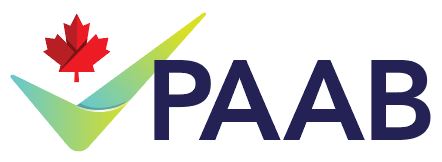419 - Can a reprint be distributed by the Sales force where the use is within the approved indication, yet the reprint discusses endpoints that are not discussed within the Approved Product Monograph?
-
Let’s first discuss why the question matters. A sales call is an advertising activity. What you distribute during sales calls should therefore be aligned with the provisions of the Food and Drugs Act (e.g. not off-label).
Although rep activities do not fall under the PAAB code, advertising/promotional systems (APS) are indeed covered by this code. This means that although a published and peer reviewed clinical trial which has NOT been modified in any way wouldn’t require preclearance, using the study as a rep detailing tool would render it subject to the provisions in the PAAB code.
Now, on to the answer to your specific question (which I’ll assume relates only to distribution, NOT detailing/discussing). It is not unusual for references to include an endpoint which is not presented in the TMA. This alone might not render the reference to be overtly off-label. Some important considerations you might find helpful include (not an exhaustive list):
· The nature of the endpoint which does not appear in the PM. For example, say Drug X is an antidepressant. It currently only has an indication for Major Depressive Disorder. An endpoint showcasing the drug’s beneficial effect on an anxiety score would be overtly off-label. This is quite different from a situation where the endpoint in the study (which isn’t in the PM) is the drug’s effect on quality of life (presumably secondary to improvements in depression).
· the number of endpoints which do not appear in the PM and the extent to which these endpoints are discussed or emphasized (hint: more emphasis = bigger deal)
· whether the endpoint was primary or secondary (hint: primary is a bigger deal)
· whether statistical significance was attained (hint: if the product did not show a beneficial effect on the endpoint, the issue might be moot)Feel free to make use of our optional opinion service if there is any doubt as to whether the paper is overtly off-label (see the fee schedule on our website). It is advisable to train your reps not to modify the publication in any way. If you’d like to use the reference in a manner which it would not be subject to the advertising provisions (e.g. not linked to advertising activities), then refer to the section “Reference texts, Peer-reviewed Journal Articles” in the Health Canada guidance document “The Distinction Between Advertising and Other Activities”.
